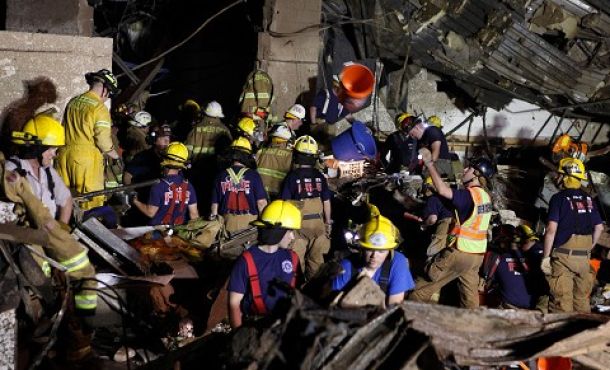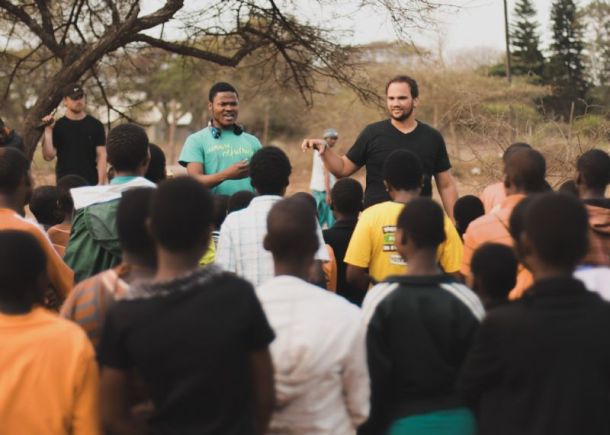When Ashley Peterson heard about the typhoon barreling toward the Philippines, she knew her upcoming trip wasn’t going to go as planned. Instead of meeting with ministry contacts, she shifted her focus to disaster recovery work. Like many who traveled to the Philippines just after Typhoon Haiyan, Ashley wanted to assist with relief work in hard-hit Tacloban. But she wasn’t able to get there.
“I was really upset,” remembers Ashley. “We couldn’t do what I thought we’d come to do.” But then Ashley met a missionary who suggested a different ministry location: the island of Nativas. Home to 950 people, Nativas was impoverished before the storm. When Haiyan hit, its people lost nearly all they had to the high waters.
Getting to Nativas requires an hour-long journey across open sea in a motorized canoe. The first day Ashley made the voyage, she brought along boxes of medical supplies and canned food. “When we finally arrived at Nativas, we were met by people who had walked for hours just to see us. They were so excited! Someone had a camera phone, and they posed for pictures with us. We just had fun.”

But Ashley was disappointed after the first day of ministry on Nativas. “I wanted to bring something that seemed more important. I wanted to help them more. I wanted to be Mother Teresa. But all I did was teach them leapfrog and ‘What Does the Fox Say?’
“But it turns out, what they really needed was not another person to remind them of the hard times they were in. What they needed was joy. Loving the people of Nativas, spending time with them, and just having fun was actually a really powerful ministry. No one visits the island, even in the good times. And we got to go in their moment of greatest need and share with them.
“For us as Christians, that’s what it’s all about. For Adventures, that’s what it’s all about. It’s going and finding the forgotten people and showing them that they’re not forgotten, that they’re loved, and that they’re important. Even if that just means practicing animal noises and singing silly songs.”

Nativas still has a long way to go to fully recover from the typhoon. Before the storm, the people of Nativas had around 40 boats, which they used for fishing. Their livelihood depended on the boats. The typhoon washed away every single one. The people had small lakes and ponds where they fished, and now they’re full of salt water. The fish are gone.
“With relief work, we all want to go in and be this awesome hero and save the world. We want to give them all this food and buy them all new boats and build them all new houses, but I think the most important thing we can do is to fix their hearts.
“That’s what I got to do on the trip—hug people, and take funny photos with them, and love them and show them that they’re not forgotten. That just because they’re far away, that doesn’t mean they’re loved any less.
“The coolest part is, they know that God’s still there. They had everything taken from them, and they know that God is still good, and that he’s still doing something in their lives.
“Seeing that really made me think about my own life. Sometimes we’re tempted to think along the lines of, ‘I really wanted a new car, and I’m not getting one, so maybe God doesn’t love me.’ But these people had so little to begin with, and so much taken away, and they still trust God.
“My role is to be encouraging to them. Not just to sit with them in sadness, but to say that in the midst of this God is still good, and God is still God, and we can do this.”
Want to be a part of what God is doing to heal people in the Philippines? We’re sending three teams in June. Sign up today!





